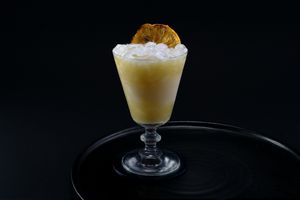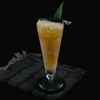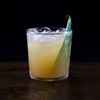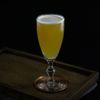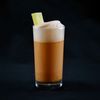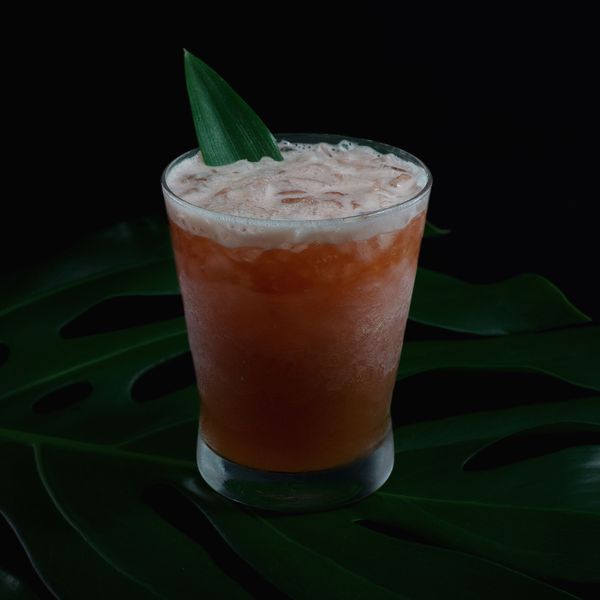
The Jungle Bird lives in its own bizarre dimension. Its name, ingredient list, and origin story follow standard tiki tradition, but with a wrinkle: the recipe calls for Campari. This strange addition, combined with an otherwise simple ingredient list, gives the drink an offbeat personality; one that has garnered an avid following in great bars all over the world. Fortunately, all the fanfare comes with some justification. Pineapple and Campari make an unlikely but splendid pair, and the oddball proportions balance out for an experience that is complex and thoughtful, yet boisterously fruity.
Jeff Berry first brought the Jungle Bird to the global cocktail scene in his book Beachbum Berry Remixed, but the history he printed was terse at best: “perched at the Aviary Bar of the Kuala Lumpur Hilton, circa 1978” it read. Perhaps he tired of reading that same sentence rephrased over and over, because seven years later, he used an interview in Punch magazine to offer a bit more detail. He noted that the recipe was discovered in a dusty book he owned called The New American Bartender’s Guide by John J. Poister (for those hoping to strike gold twice, the book is currently available for pennies on Amazon). Turns out, the drink barely made Berry’s book: “The only thing that made it interesting was that Campari was in it” he recalls. Phew. Close one.
The excellent Smuggler’s Cove cocktail book calls for black blended rum in this drink, and we agree, though we might add that any smooth and unfussy rum will do well. If you are looking for a unique spin on this cocktail, try employing Saint George’s intense and amazing Bruto Americano instead of Campari. Bruto Americano is more bitter than Campari, with notes of ginger. The ginger brings the amaro back into a full tiki circle, and the intense bitter balances nicely with the large serving of pineapple. This drink tends to acquire a beautiful frothy head, so when pouring, make sure to wait on every last bubbly drop.


